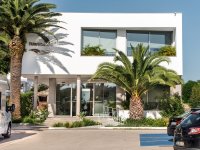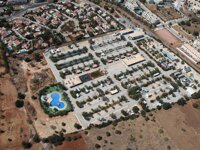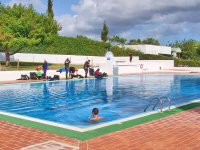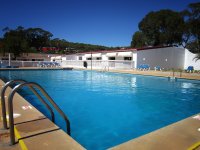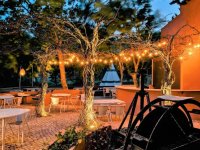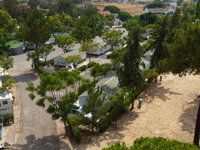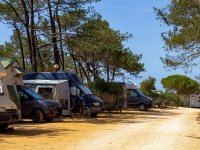Camping in the Algarve
8 campsites in Portugal, Algarve
Campsite Listing Google Map
The following consent is required:
Tracking & performance, Targeting & advertising.
Algarve
The Algarve, Portugal’s southernmost province, is a true sunseekers paradise, offering all year round sunshine and over 150 miles of beautiful sandy beaches.

The coast of the Algarve offers mile after mile of golden beaches and small sandy coves with interesting rock formations interspersed with busy fishing ports. The capital, Faro, boasts excellent beaches, while the thriving fishing port and market centre of Lagos is one of the most popular destinations in the Algarve. Although the earthquake of 1755 caused great damage to Lagos, the streets and squares of the town have retained much of their charm. Within walking distance are some superb beaches, including Praia de Dona Ana, which is considered to be the most picturesque of all, and the smaller coves of Praia do Pinhão and Praia Camilo.
Further inland and to the north, the hills mark the edge of a greener and more fertile region, brilliantly coloured by fig trees, orange groves and almond trees that come into blossom in the winter. Here you will also find a series of typical villages that have successfully preserved their ancestral traditions. The walled town of Silves has a Moorish fortress, a 13th-century cathedral and an archaeology museum. Nearby, the narrow streets of the old spa town of Monchique wind up a steep hillside, revealing magnificent views.

Places of interest
Albufeira: Popular resort, daily market, good nightlife.
Cape São Vicente: Southwesternmost point of Europe.
Faro: Monuments, churches, museums, Gothic cathedral, good shopping centre.
Sagres: 17th-century fortress.
Tavira: Picturesque town, 17th- and 18th-century architecture.
Vilamoura: Good sporting facilities, including golf courses.

Cuisine of the region
Fresh fish and seafood are popular; the local speciality is Ameijoas na Cataplana (clams steamed in a copper pan). One of the most traditional dishes is caldeiradas (stew made with all kinds of different fish) and sardinha assada (grilled sardines).
Given the abundance of trees in the region, figs and almonds are used a lot in desserts, including bolinhos de amêndoa (small cakes made with almond paste), which are moulded into the shape of fruits and vegetables in all kinds of different sizes.

